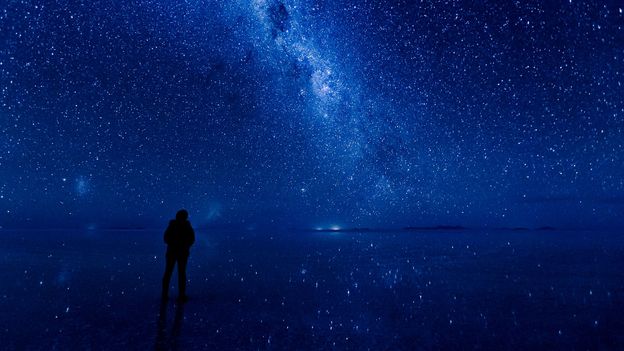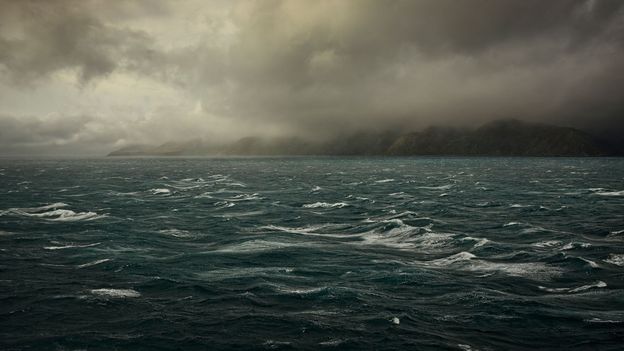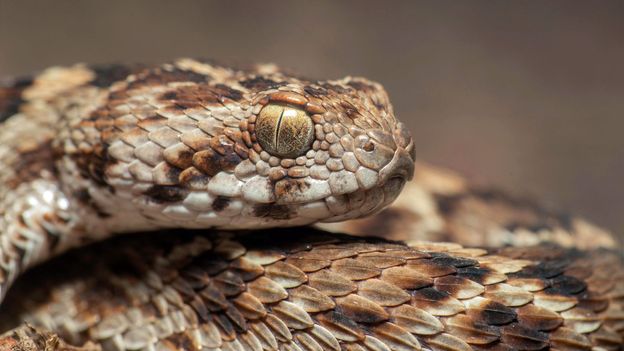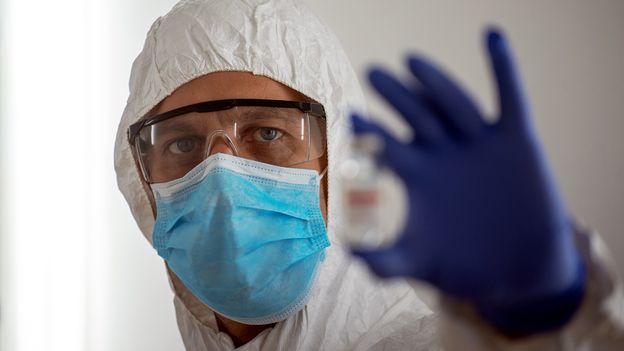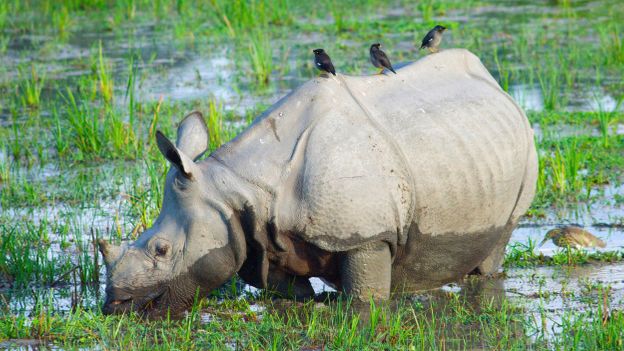One of the predictions of CCC is that there might be a record of the previous aeon in the cosmic microwave background radiation that originally inspired the inflation model. When hyper-massive black holes collide, the impact creates a huge release of energy in the form of gravitational waves. When giant black holes finally evaporate, they release a huge amount of energy in the form of low-frequency photons. Both of these phenomena are so powerful, Penrose says, that they can “burst through to the other side” of a transition from one aeon to the next, each leaving its own kind of “signal” embedded in the CMB like an echo from the past.
Penrose calls the patterns left behind by evaporating black holes “Hawking Points”.
For the first 380,000 years of the current aeon, these would have been nothing more than tiny points in the cosmos, but as the Universe has expanded, they would appear as “splotches” across the sky.
Penrose has been working with Polish, Korean and Armenian cosmologists to see if these patterns can actually be found by comparing measurements of the CMB with thousands of random patterns.
“The conclusion we come to is that we see these spots in the sky with 99.98% confidence,” Penrose says. The physics world has, however, remained largely skeptical of these results to date and there has been limited interest among cosmologists about even attempting to replicate Penrose’s analysis.
It is unlikely that we will ever be able to directly observe what happened in the first moments after the Big Bang, let alone the moments before. The opaque superheated plasma that existed in the early moments will likely forever obscure our view. But there are other potentially observable phenomena such as primordial gravitational waves, primordial black holes, right-handed neutrinos, that could provide us some clues about which of the theories about our universe are correct.
“As we develop new theories and new models of cosmology, those will give us other interesting predictions that can that we can look for,” says Mack. “The hope is not necessarily that we’re going to see the beginning more directly, but that maybe through some roundabout way we’ll better understand the structure of physics itself.”
Until then, the story of our universe, its beginnings and whether it has an end, will continue to be debated.
—
Join one million Future fans by liking us on Facebook, or follow us on Twitter or Instagram.
If you liked this story, sign up for the weekly bbc.com features newsletter, called “The Essential List”. A handpicked selection of stories from BBC Future, Culture, Worklife, and Travel, delivered to your inbox every Friday.

